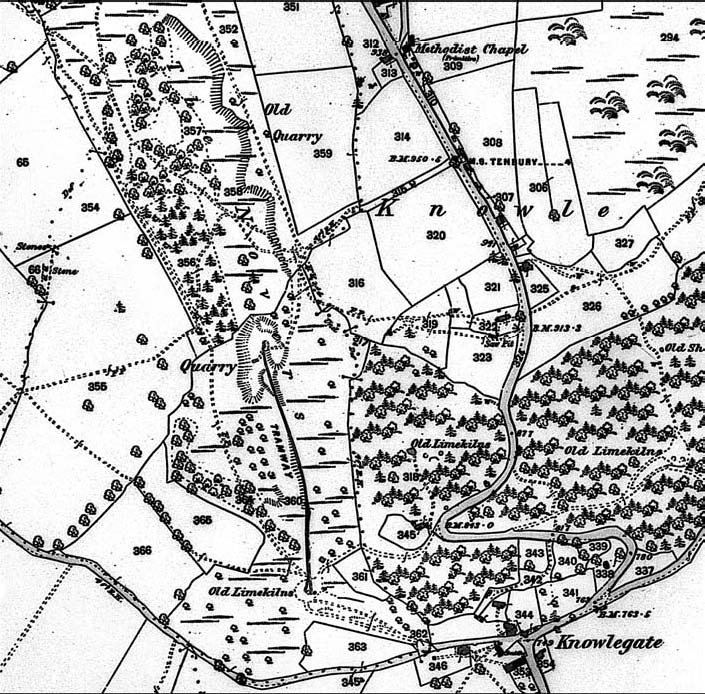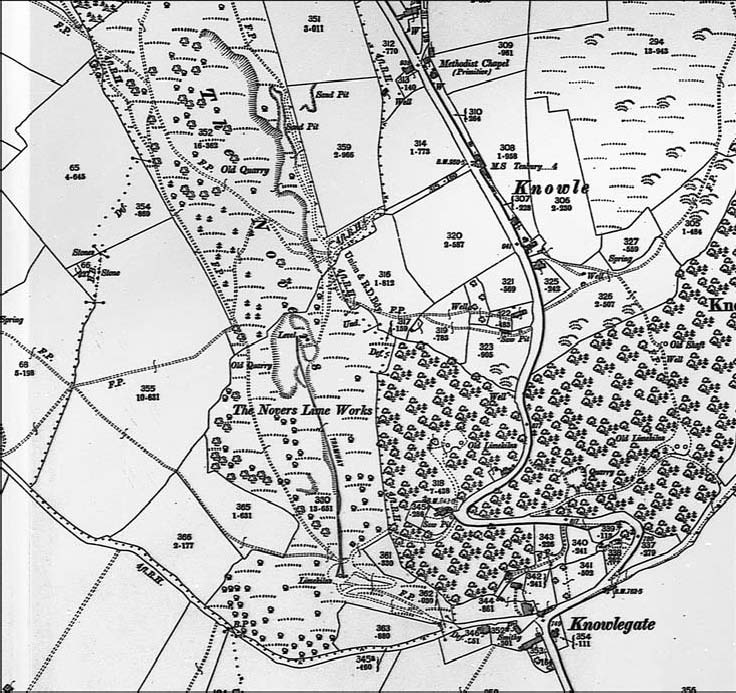| HOME | | | Overview | | | The Team | | | About | | | Newsletter | | | Contact | | | Links | | | Friends | | | The Novers | | | Benson Hydro | | |

|

|
The Novers Forest Garden Project | Site History:
The earliest references to limestone from Clee Hill relate to limestone and lime being bought for use at the Castles of Ludlow, Montgomery and Stokesay, though the specific site of the quarries are not recorded.
The early workings appear to have been open cast extraction of seams close to the surface.
Examples of such surface workings can be seen around the south of the hill and to the north on Catherton Common and around Oreton. Some of these shallow exposures are doubtless medieval in origin.
By the late 19th century the shallow seams seem to have been exhausted and drift mines were driven into the hillside from the quarry floors, following the bed of limestone and probably employing the same pillar and stall mining technique that was used in the early coal mines.
The Novers is the only known such drift mine to survive as a built structure. It is known to have been in production by 1846, when the lease was held by John Reynolds, who is listed in the 1900 edition of Kelly’s Directory as a ‘Farmer and Lime burner’. The Novers mine continued in production up until 1910 when faulting of the limestone seam caused the mine to close.
It seems therefore that the drift mine may have been in operation for some 64 years, though production may not have been continuous. Interestingly the 1884 Ordnance Survey 1st Edition 1: 25 inch plan (fig 4 below) shows the Novers workings annotated as ‘Old’ suggesting that at the time of this survey the mine was not in production. However the 1903 2nd Edition drops the ‘Old’ and adds ‘The Novers Limeworks’, suggesting that the mine and kilns where back in production ( Fig 5 below).



